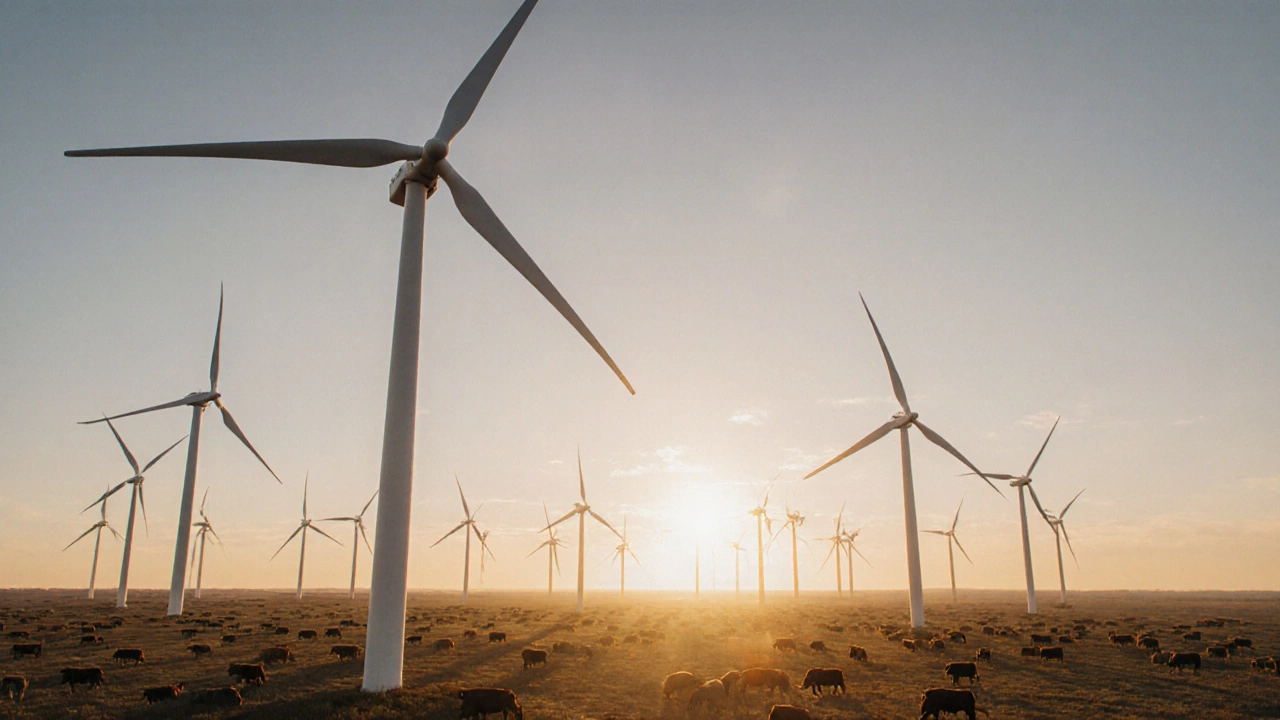Energy Emissions: What They Are, How They Impact India, and How We’re Cutting Them
When we talk about energy emissions, the pollutants released when fossil fuels like coal, oil, or gas are burned to generate electricity or power machines. Also known as carbon emissions, they’re the main driver of climate change and air pollution in cities like Delhi and Mumbai. These aren’t just invisible gases—they’re the reason for smog-filled winters, rising temperatures, and health problems in millions of homes.
India’s energy system still leans heavily on coal, but that’s changing fast. renewable energy, power from sources like sunlight and wind that don’t burn fuel or release emissions. Also known as clean energy, it’s now cheaper than coal in most parts of the country. Solar panels on rooftops, wind farms in Rajasthan, and green hydrogen pilots in Gujarat are cutting emissions while creating jobs. This isn’t theory—it’s happening right now, and it’s saving money for households and businesses.
Energy emissions don’t just come from power plants. They’re tied to how we move, build, and even grow food. That’s why solutions need to be smart and connected. fossil fuels, coal, oil, and natural gas—resources formed over millions of years that release carbon when burned. Also known as non-renewable energy, they still dominate India’s grid, but their grip is weakening. Every new solar farm, every electric bus, every factory switching to biomass replaces a ton of emissions. The shift isn’t just about tech—it’s about policy, funding, and local action.
What you’ll find below are real stories from across India: how solar power beat coal on price, how clean energy projects are reducing emissions in villages, and how researchers are measuring the true cost of dirty power. No hype. No fluff. Just facts, data, and the people making the change happen.




